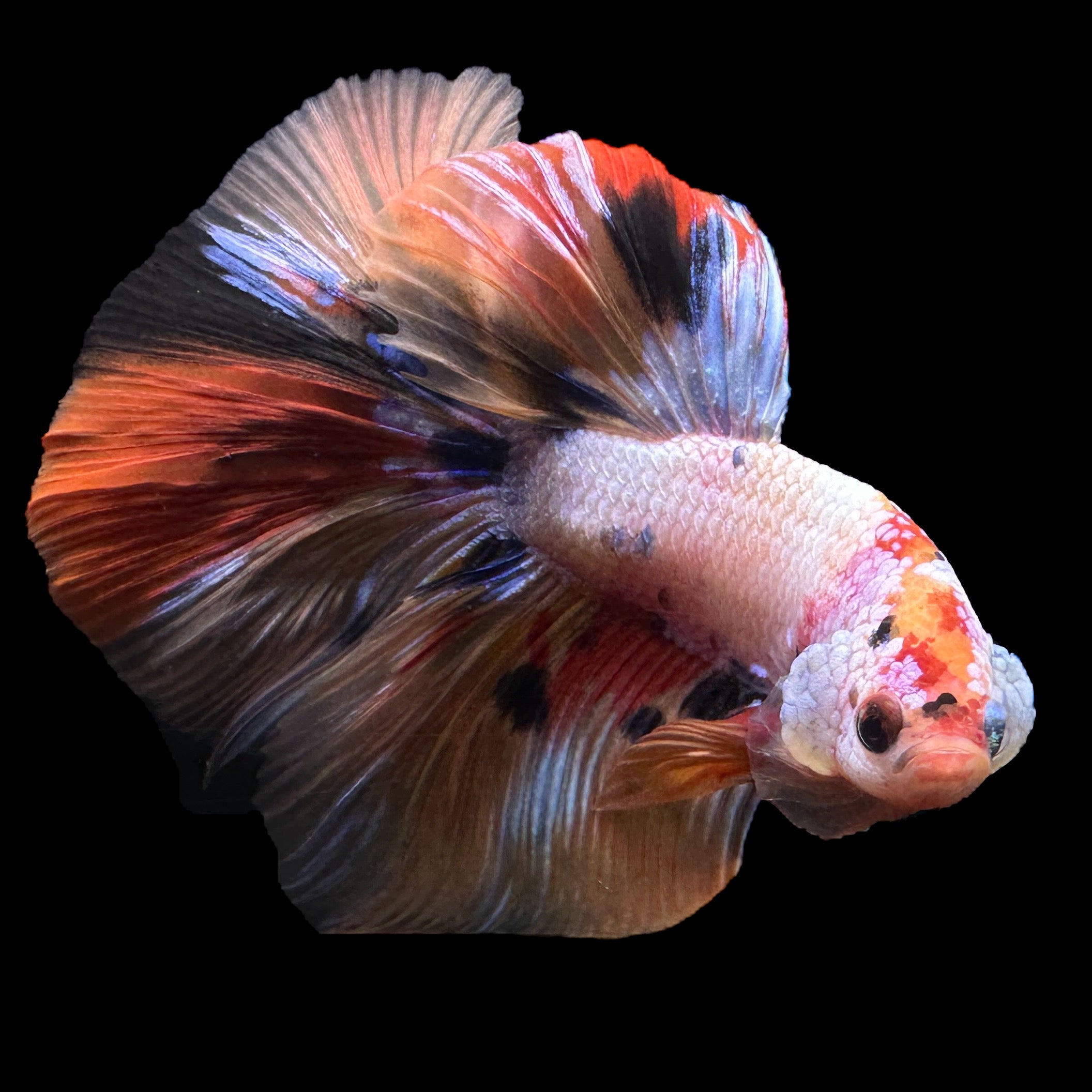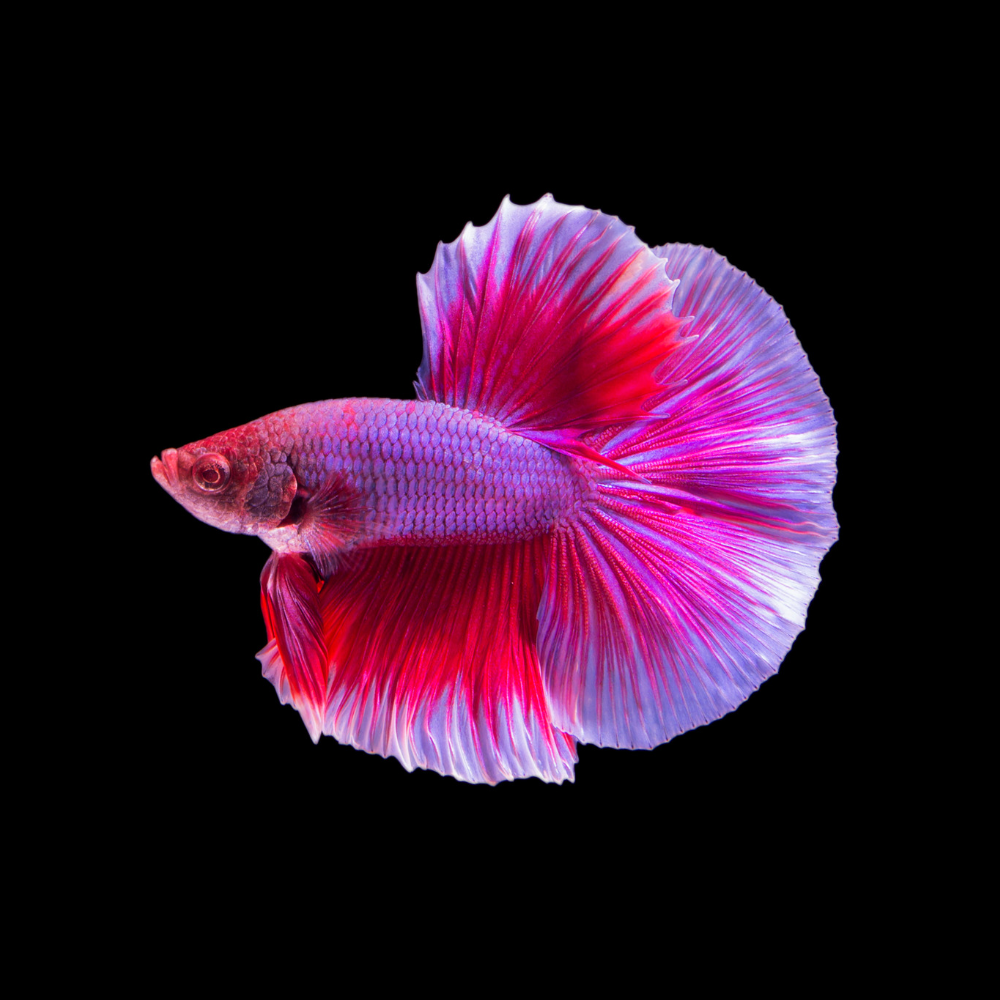Exactly How to Breed Betta Fish Effectively: Expert Strategies and Insights for Hobbyists Aiming To Broaden Their Betta Collection
Breeding Betta fish needs a nuanced understanding of genetics and environmental conditions, making it essential for enthusiasts to approach the procedure with both diligence and treatment. Creating an ideal reproduction atmosphere, picking the best sets, and observing the complexities of their courtship actions are foundational actions that can considerably influence the outcome. The succeeding care of the fry is essential for ensuring their healthy and balanced development. As we check out these vital elements, it comes to be clear that successful breeding is not nearly the preliminary pairing but incorporates a broader method that merits cautious factor to consider.
Recognizing Betta Fish Genes
Recognizing the genes of Betta fish is vital for effective breeding, as it influences traits such as shade, fin form, and habits. Betta fish display a diverse array of shades and patterns, greatly established by their hereditary makeup.
Along with pigmentation, fin morphology is an additional considerable element of Betta genetics (betta fish). The sizes and shape of fins are influenced by various genes, consisting of those that establish whether the fins are brief, long, or veil-shaped. Comprehending these genetic variants assists breeders forecast the phenotypic results of their offspring
In addition, behavior characteristics such as aggressiveness and territoriality can additionally be affected by genetics. These actions play a crucial function in the reproducing process, as they can affect generating success and the general temperament of the resulting fry. By adequately comprehending these hereditary principles, breeders can make educated decisions, inevitably enhancing their reproduction programs and achieving preferable results.
Preparing the Reproduction Environment
Producing an optimum breeding atmosphere is crucial for the effective reproduction of Betta fish. The first step in preparing this atmosphere is to pick an appropriate breeding storage tank, preferably varying from 5 to 10 gallons.
Following, consider making use of a sponge filter or an air rock to give mild water circulation without developing strong currents that can stress the fish. It is important to set up plants or reproducing cones to offer hiding spots and promote comfort for the woman during the spawning process. Floating plants, such as Java moss or water sprite, can likewise create a more natural surroundings while assisting in bubble nest structure by the man.
Prior to presenting the breeding sets, ensure the water is conditioned and free from damaging chemicals, such as chlorine or hefty metals. betta fish. Regular water changes should be conducted to maintain optimal water quality, boosting the opportunities of effective reproduction. With these prep work in position, the breeding environment will certainly sustain the wellness and wellness of both Betta fish
Choosing Breeding Pairs
Selecting the appropriate reproduction sets is vital for accomplishing successful Betta fish recreation. When selecting your breeding pairs, take into consideration numerous crucial elements including wellness, temperament, and genes. Healthy Betta fish exhibit vivid shades, clear eyes, and energetic behavior. Choosing fish that are without disease ensures a far better possibility of producing sensible children.
Character is another vital consideration, as Betta fish are known for their hostile nature. It is a good idea to select a man and female that display compatible characters to minimize stress and anxiety during the reproducing process. A calm man can urge a smoother courtship, while a woman that is also aggressive might disrupt the procedure.
Hereditary background additionally plays a significant function in the top quality of the children. Reproducing fish that are genetically diverse can reduce the danger of genetic health problems and boost the overall vitality of the fry. It is advantageous to look into the family tree of both the male and woman, concentrating on desirable characteristics such as pop over here fin type, shade patterns, and dimension.
The Reproduction Refine
The reproduction process of Betta fish calls for cautious preparation and attention to detail to make certain an effective outcome. Originally, it is vital to prepare a suitable breeding storage tank, preferably a 5-10 gallon fish tank with a temperature level maintained at 78-80 ° F. The tank ought to be furnished with a heating system, filter (ideally sponge kind to stay clear of solid currents), and lots of marine plants for the lady to conceal.
Once the environment is set, introduce the selected breeding pair to the tank, allowing them to accustom. Observe their habits; the man will show fancy courtship rituals, including flaring his fins and building a bubble nest. If the female shows interest, she will certainly present upright red stripes suggesting preparedness for spawning.
When the woman is receptive, both will involve in a breeding accept, throughout which the male fertilizes the eggs. It is important to monitor their interactions very closely, as the man might end up being aggressive. After spawning, remove the lady to avoid possible damage. The man will have a tendency to the eggs, which normally hatch within 24-36 hours. Preserving optimal water problems throughout this duration is vital for the advancement of healthy and balanced Betta fry.
Taking Care Of Betta Fry

Feeding Betta fry is vital, as they call for a diet high in protein. At first, they can be fed infusoria or fluid fry food, transitioning to finely crushed top notch pellets as they expand. here are the findings Feed small parts several times a day to motivate healthy and balanced development without straining the container with uneaten food.

As they mature, check their development carefully and divide any type of aggressive individuals to prevent injury. By offering a supporting environment and correct nutrition, enthusiasts can successfully increase Betta fry right into lively, healthy and balanced fish, eventually boosting their breeding undertakings.
Conclusion
Effective Betta fish reproduction calls for meticulous attention to genetic choice, ecological conditions, and treatment for the fry. By recognizing the genes of Betta fish and preparing a suitable breeding atmosphere, hobbyists can enhance the possibilities of creating dynamic, healthy children.